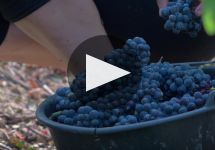Charles Heidsieck Champagne Charlie with Wooden Gift Box
-
Wine
Enthusiast - Decanter
-
Jeb
Dunnuck -
James
Suckling -
Robert
Parker -
Wine
Spectator
Last call - only 5 left!
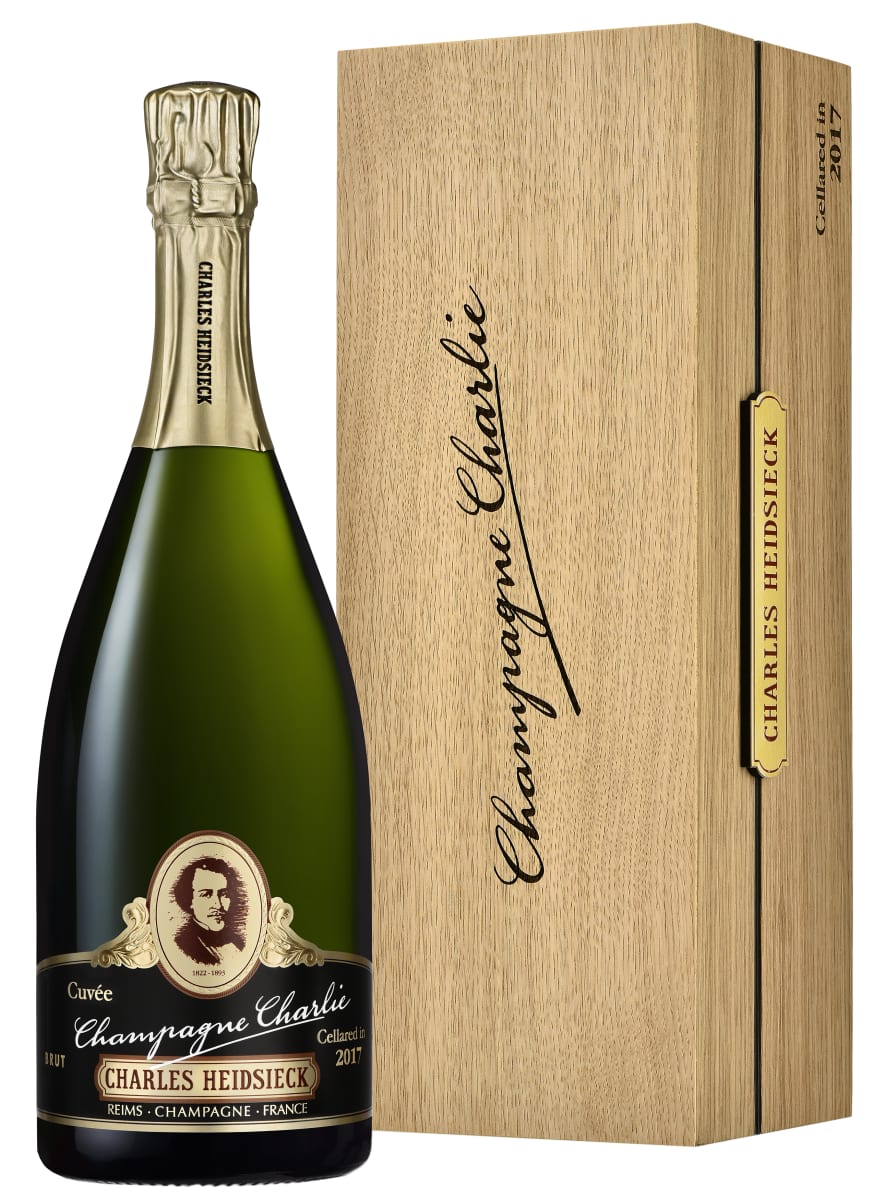



Product Details
Your Rating
Somm Note
Winemaker Notes
Blend: 48% Pinot Noir, 52% Chardonnay
Professional Ratings
-
Wine Enthusiast
The return with a new iteration of this iconic Champagne, first produced in the 1980s, and named after Charles Heidsieck one of the great Champagne promoters of the 19th century, is to be welcomed. The wine itself lives up to the billing of its history, rich in the house style and with just a hint of maturity. This great wine, still full of white fruits, has so many years ahead. The wine is likely to mature gently for a decade at least.
-
Decanter
An astonishing bouquet presenting notes of petroleum and flint that mingle with scents of pastry and both dried apricot and apricot jam. Complexity and generosity stand out on the palate, with that exemplary creamy and mellow mouthfeel that aged Champagnes at their best can have, but there is also freshness and an underlying crystalline sensation serving as counterpoint to the fullness of texture that is enhanced by the dosage. The chalk-infused finish is long and subtle, leaving a lingering impression of spices, including vanilla and pepper, as well as dried fruits. Bottled and cellared in 2017. Disgorged: November 2021. Dosage: 7g/L. 80% reserve wines and 20% wines from the 2016 harvest. 52% Chardonnay and 48% Pinot Noir from Aÿ.
-
Jeb Dunnuck
The NV Champagne Charlie (2017) is the first release since the 1985 “vintage.” The new rendition embraces the long-held emphasis for this cuvée on reserve wine (despite having previously been labelled as a vintage wine) and now represents 80% of the blend, with only 20% from the base vintage of 2016, the oldest of the reserve wines going back to 1998. The wine is fantastically detailed and unfolds with layers of delicate smoky perfume, peach, and citrus blossoms. A refined and delicate mousse wraps around a core of orchard fruits, quince, and chalk. There is impeccable detail with this edition that will continue to improve over the coming decades. Drink 2024-2044.
-
James Suckling
What a stunning mature champagne! This marries complex toasty aromas with a vitality that makes it easy to enjoy. Enormous concentration and creaminess, but so clean and straight at the super-long, delicately spicy finish that extends out to the horizon. A cuvee of 20% 2016 vintage pinot noir from Ay, with 80% of mature reserve wines, of which a good third were over 10 years of age. Drink or hold.
-
Robert Parker's Wine Advocate
When Cyril Brun was briefed to recreate this iconic cuvée, he struggled to achieve the plenitude and drama he was looking for. Then, he dug in the Heidsieck archives and discovered, as he tells it, that the famous vintages of Charlie, while vintaged on paper, actually contained reserve wines. Brun therefore gave himself carte blanche to draw on the house's best lots to put together the inaugural NV Champagne Charlie, based on the 2016 vintage but incorporating fully 78% reserve wines dating back two decades. Bursting with aromas of golden orchard fruit, brioche, honeycomb, peaches, spices and buttery pastry, it's full-bodied, fleshy and enveloping, with a layered core of fruit, racy acids and a beautifully refined pinpoint mousse. Some 52% of the blend is Chardonnay, with Brun looking for ripe, exotic Chardonnay to complement more tensile lots of Pinot Noir. It's a compelling, flamboyant wine—the only thing that may make consumers smart is the price.
-
Wine Spectator
There's a lovely, featherlight quality to this elegant Champagne, which combines focus and expression with delicacy and finesse. Features flavors of Asian pear, blanched almond, cherry blossoms and ground ginger that ride the fine, silky mousse, with a subtle minerally streak driving the lasting, creamy finish. Chardonnay and Pinot Noir. Disgorged November 2021. Drink now through 2027. 129 cases imported.

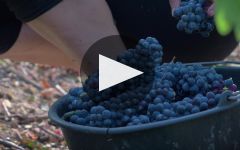

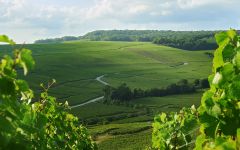
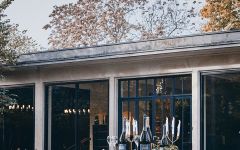
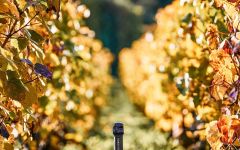
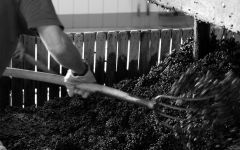
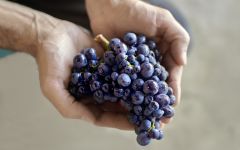
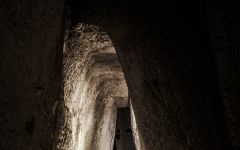
Régis Camus joined Charles Heidsieck in 1994 and has been the head winemaker of the House since 2002. This meticulous and passionate professional likes to keep an eye on everything: the state of the vineyards, the selection of the grapes, their pressing and their vinification, cru by cru, in individual vats. His mission is to perpetuate the Charles Heidsieck style, reflecting the richness of the Champagne region.

A term typically reserved for Champagne and Sparkling Wines, non-vintage or simply “NV” on a label indicates a blend of finished wines from different vintages (years of harvest). To make non-vintage Champagne, typically the current year’s harvest (in other words, the current vintage) forms the base of the blend. Finished wines from previous years, called “vins de reserve” are blended in at approximately 10-50% of the total volume in order to achieve the flavor, complexity, body and acidity for the desired house style. A tiny proportion of Champagnes are made from a single vintage.
There are also some very large production still wines that may not claim one particular vintage. This would be at the discretion of the winemaker’s goals for character of the final wine.

Associated with luxury, celebration, and romance, the region, Champagne, is home to the world’s most prized sparkling wine. In order to bear the label, ‘Champagne’, a sparkling wine must originate from this northeastern region of France—called Champagne—and adhere to strict quality standards. Made up of the three towns Reims, Épernay, and Aÿ, it was here that the traditional method of sparkling wine production was both invented and perfected, birthing a winemaking technique as well as a flavor profile that is now emulated worldwide.
Well-drained, limestone and chalky soil defines much of the region, which lend a mineral component to its wines. Champagne’s cold, continental climate promotes ample acidity in its grapes but weather differences from year to year can create significant variation between vintages. While vintage Champagnes are produced in exceptional years, non-vintage cuvées are produced annually from a blend of several years in order to produce Champagnes that maintain a consistent house style.
With nearly negligible exceptions, . These can be blended together or bottled as individual varietal Champagnes, depending on the final style of wine desired. Chardonnay, the only white variety, contributes freshness, elegance, lively acidity and notes of citrus, orchard fruit and white flowers. Pinot Noir and its relative Pinot Meunier, provide the backbone to many blends, adding structure, body and supple red fruit flavors. Wines with a large proportion of Pinot Meunier will be ready to drink earlier, while Pinot Noir contributes to longevity. Whether it is white or rosé, most Champagne is made from a blend of red and white grapes—and uniquely, rosé is often produce by blending together red and white wine. A Champagne made exclusively from Chardonnay will be labeled as ‘blanc de blancs,’ while ones comprised of only red grapes are called ‘blanc de noirs.’
